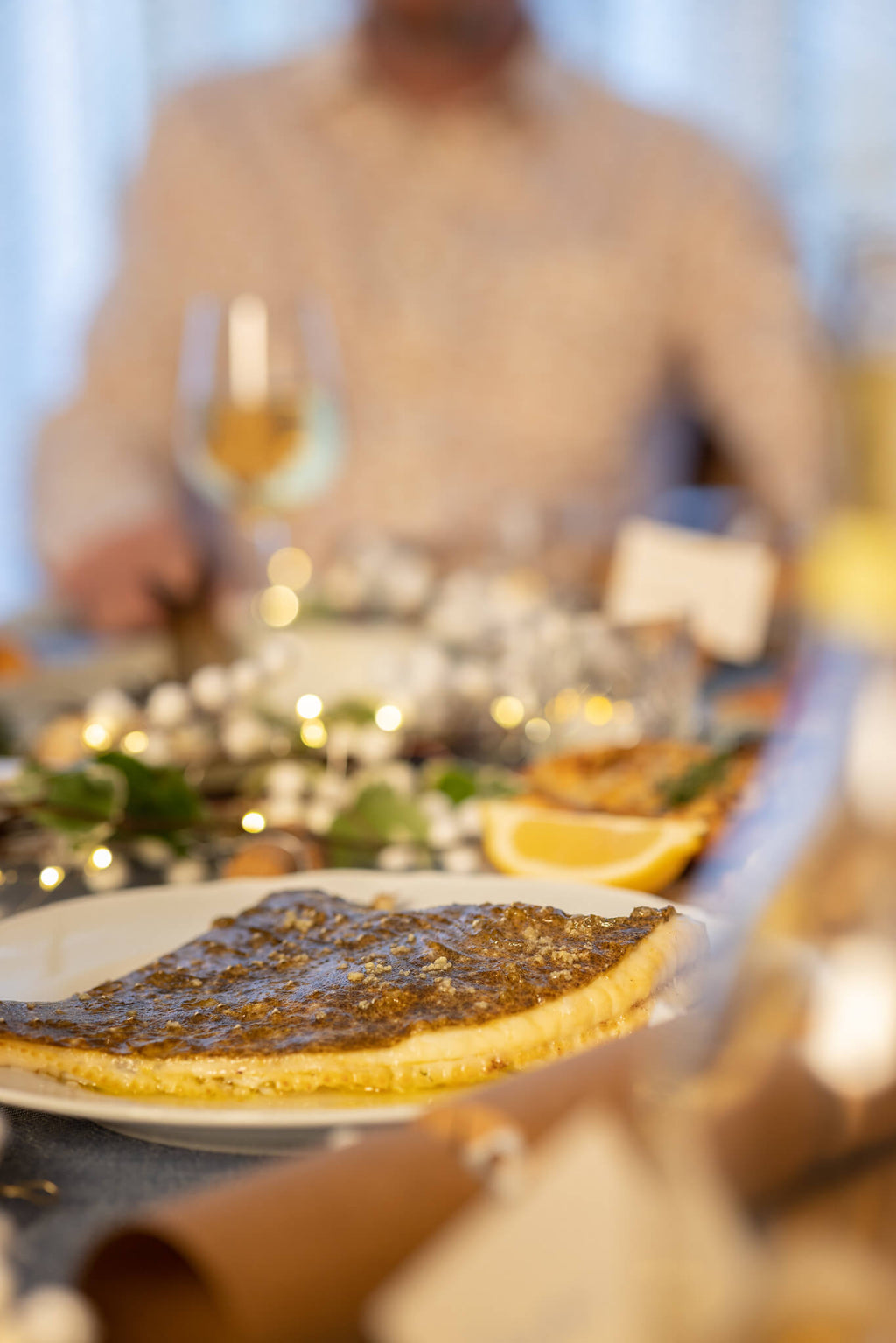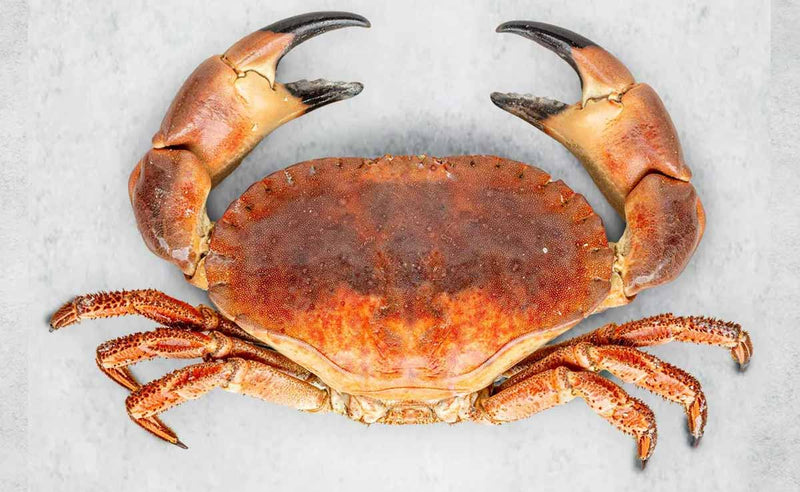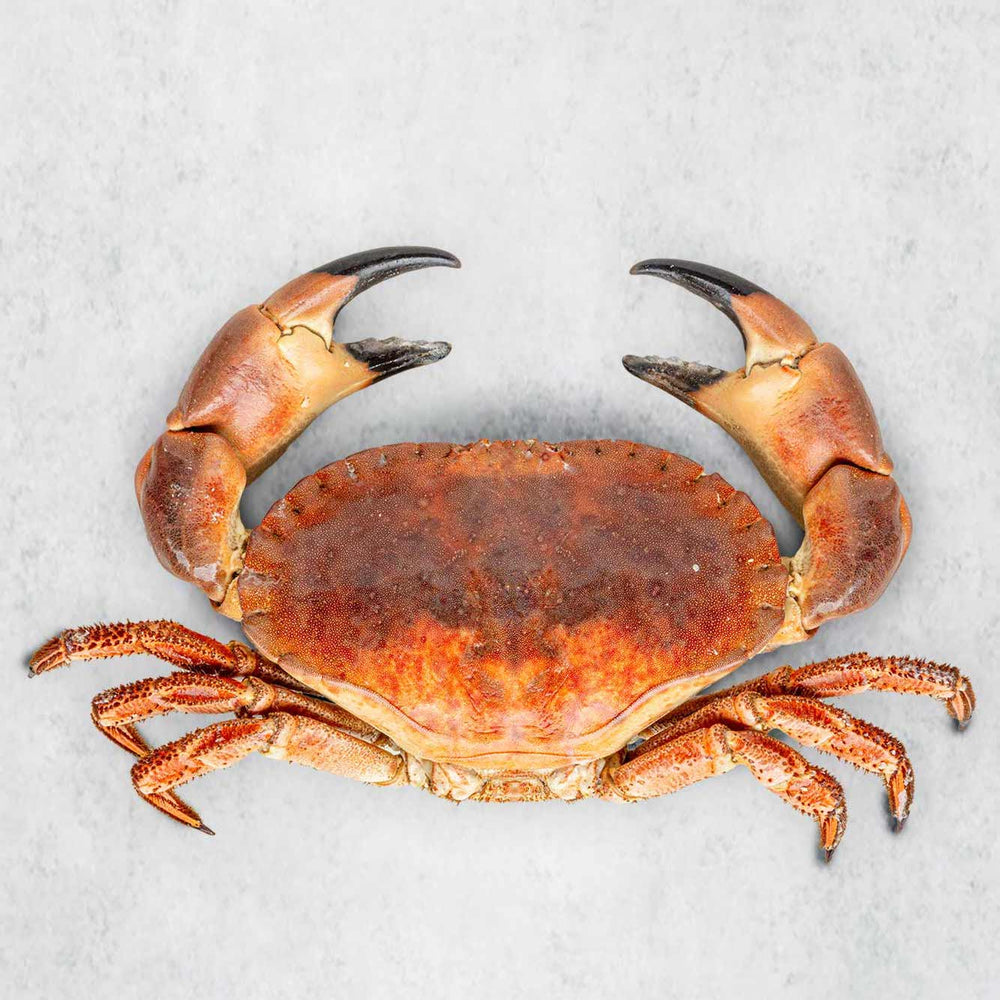Fishmas Around The World
Quick read (under five minutes)
Our number one aim at Rockfish is to change the way we experience seafood in this country. More than anything else we want to relish in the abundant and diverse array of fish we have swimming just off our shores.
Given that Christmas is a time of feasting it’s insane that, as an island nation, we don’t eat more fish. So, to help put fish on the British Christmas menu we thought we’d offer some inspiration, by showcasing some of the different, inventive, and damn right wacky ways other cultures enjoy fish at Christmas...
CHRISTMAS EVE CARP
Carp is a contentious freshwater fish. In this country, any carp angler worth their boilies would sooner eat the maggots they use for bait and shave their beard off than bring a carp back for the pot.
In the same vein, Australians hate their carp (which were brought over by keen European sport anglers in the nineteenth century) with such a passion that the government are considering infecting their carp population with the herpes virus.
To us, purposefully giving a carp an STD seems a tad harsh. Especially when, in places like Poland, Slovakia and the Czech Republic, carp are regarded so highly as an eating fish that they are a centrepiece of the Christmas menu.
In the Catholic church, it is tradition to fast for the period of Nativity. Meaning that in the build-up to Christmas extravagances like wine, olive oil and meat are forbidden. Fish was on this list too, up until the ninth century when Pope Nicholas I struck a deal with the local fishing industry to keep fish off the fasting blacklist. As a result, on Christmas Eve, in many Catholic countries fish is eaten to celebrate the end of the Nativity fast.
Places like Czech, Poland and Slovakia have huge carp populations living in their in-land waterways. 90% of aquaculture in the Czech Republic is dedicated to carp. As a result, carp became the obvious Christmas Eve fish of choice.
Today it’s not uncommon to see fishmongers and street vendors in Eastern European cities selling live carp in plastic bags. Families store the carp in the bathtub in the days building up to the feast, where it is ogled at and doted on by excited children. Storing in bathwater water, with a spoonful of oatmeal, is said to clean the muddy-pond taste that is often attributed to carp flesh.
Then on the day of the big feast, the fish is prepared and served with sides of potato salad, polish dumplings, or freshly baked bread all washed down with a shot of vodka.
PRAWNS ON THE BARBIE
Not so long ago, Australians emulated our own Christmas eating habits, a hangover from when Brits arrived at the nation’s shores. They roasted huge turkeys, steamed puddings, and piled on the stuffing.
Such treats are all well and good if you’re stuck inside on a drizzly wet Devon day in December. But if you’re in the basking sunshine at the height of an Australian heatwave it’s nothing short of lunacy!
So, as a nation, it was decided: out with the sprouts and in with al-fresco dining. Barbecues and lighter bites became the Australian Christmas dish, with prawns taking the top spot.
So much so that 55% of Australians now rank prawns as their most essential Christmas staple. Prawn catching season in Australia lies between October and April, so Christmas is the perfect time to enjoy the seasonal treat. They love them so much in fact that now 40% of all the prawns consumed in Australia are eaten at Christmas – that’s a whopping twenty-two thousand tonnes!
If you yourself are feeling a bit done in with our stodgy British traditions, you too could try changing things up. Our crevettes arrive cooked ready to eat for a simple prawn cocktail, or if you are firing up the coals on Christmas morning they barbecue fantastically as well.
RAKFISK
Perhaps not for the faint-hearted, rakfisk is a Norwegian delicacy dating back to the Vikings. “Fisk” translates simply as fish, and “rak” is the practice of preserving said fish in neat stacks.
Preserving food is big in Nordic culture. Salting, curing, pickling, and fermenting are all staple practices in the Scandi kitchen. Think salt cod, gravadlax, and pickled herrings.
Rakfisk is fermented fish. Traditionally made from trout, they’re gutted and stacked in a bucket with salt and a little sugar. A weight is then placed on top of the bucket and the contents are left to ferment.
Depending on how strong tasting (and smelling) you like your rakfisk depends on how long you leave it. Those properly hardcore traditionalists will store their trout in this way for up to a year.
Enzymes break down the proteins into amino acids, fermenting the flesh. The result is a sort of fish slurry, that is eaten during the festive celebration. It’s served uncooked on its own, or in a potato pancake with beetroot, onion, and a dollop of sour cream.
FEAST OF THE SEVEN FISHES
Like the Eastern European Catholics marking the end of the Nativity fast with fish, the Feast of the Seven Fishes takes things to a whole new level.
Weirdly intra-national in its origin, it’s celebrated specifically amongst Italian-Americans. In Italy, the holiday is simply La Vigilia (the eve) with fish only really being a prominent part of the feast in southern Italy.
But in the nineteenth century, the migration of Italians in search of a new life in the US exploded with three hundred thousand migrants taking the journey across the Atlantic in the 1880s, growing to two million by 1900.
The Christmas Eve feast became a way for Italians living in the US to separate themselves from other migrants and help bring the Italian ex-pat communities together.
Why fish? It’s not clear. Some state it’s because fish was abundant to those migrants living mainly on the American East Coast. While others suggest more romantic theories, believing that the sea represented a connection between the old home and the new. While other records put it all down to sex. Meat eating is said to increase testosterone. It was thought that perhaps serving meat might inspire feasters to stray from the tenements of their fast and indulge in some after-supper sin. Fish on the other hand, according to the Catholic tradition, doesn’t seem to have quite the same aphrodisiac effects...
What seven fish are to be eaten at the grand-sounding Feast of the Seven Fishes is again unclear. Ask seven American-Italian families and you’ll likely get seven different answers as to what seven different fish dishes they cook. It can be anything from baked clams, fired smelts, Baccala, Scungilli, mussels, calamari, lobster and more. Which, to us seems mighty sensible. Having flexibility in traditions allows for sustainable celebrations to develop as it alleviates the pressure on any one species.
FISH PIE
Okay, yes, we did lie a little at the beginning here... fish has, in the past, been a part of the British Christmas celebration. At a time when Christmas was regarded slightly more as a religious event than it is perhaps today, we Brits too ate fish pie on Christmas Eve to mark the end of Nativity.
However, as we’ve become more secular as a nation it’s a tradition that appears to have become somewhat lost (and one we’d like to see reinstated!)
There are a few errant traditionalists who still cook a fish pie on Christmas Eve, fish being regarded as light relief from the turkey and trimmings that are bound to appear the following day. Perhaps the staunchest supporters of the Christmas Eve fish pie can be found in the village of Mousehole in Cornwall.
The Mousehole residents cook up a Stargazy Pie at Christmas to celebrate what they call Tom Bowcock’s Eve. Tom Bowcock being a fisherman of legend who one stormy year saved Christmas in Mousehole by bravely navigating his boat through the tempest and returned home laden with fish for all to feast on.
Similar in many ways to a fish pie, only a Stargazy has the peculiar difference of having pilchard heads poking through the pastry ‘starring’ up at the heavens.
Modern iterations of the pie have also used lobster (which is available now on our Online Seafood Market) with the head and claws sticking out from the pastry crust. Which would certainly be a showstopper to kick off any celebration.
Equally, if you’re hankering for a bit of tradition this year, we make ready-made fish pie mixes using a selection of local, sustainably caught fish. All fish in the mix are blast-frozen within hours of being caught and can still be ordered now ready for a sumptuous Christmas Eve supper.



